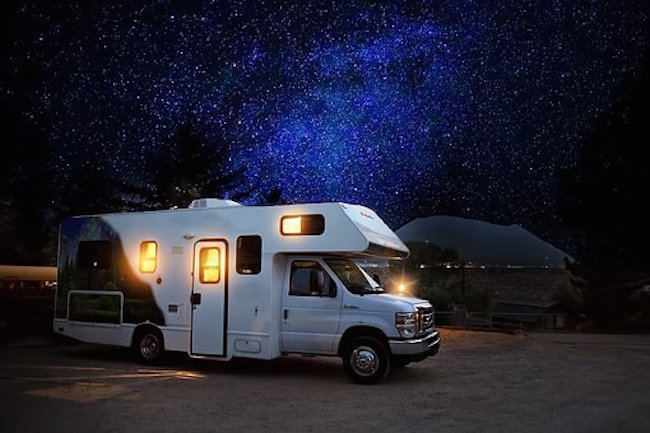Displacement Planning by J.M. for Survival Blog
One of the primary tenets of the preparedness community is that we want to be prepared for any eventuality. We stockpile supplies, develop skills and make changes to our homes and lifestyles to help increase the chances that we can survive any scenario that we might encounter, be it natural or man-made. In regards to displacing in the event of a major SHTF situation, some people plan on taking the ‘forting up’ approach and fortifying their current location, while others favor the ‘bug out’ approach and plan on relocating to a more secure location. Regardless of your preferred approach, at some point during or after an event, you may be required to relocate people and supplies to another location, and if you haven’t planned for it you’re potentially leaving yourself wide open for failure.
Some people will assume that since they live in a well-protected or isolated location they don’t have to worry about displacing during or after a SHTF scenario. The reality is that even if you’re safe initially, there are a lot of things that could occur that could force you to displace later. Wild fires, hurricanes, large armed groups, volcanoes, rising flood waters and other events could force you to displace from your secure location. And as Ben Franklin said: ‘By failing to prepare, you are preparing to fail’. Note: there are some folks who state that they’ll die defending their property and not ever consider leaving for any reason. If that’s your preferred approach then this article probably isn’t for you.
For some real life examples of why displacement planning is critical, consider the images you’ve seen in the media of people preparing to evacuate ahead of an incoming hurricane or, as we’ve seen more recently in the US, a fast-moving wildfire. People are stuffing everything they find into their cars with little time to consider if they’ve packed the most critical items, and in interviews after the event are talking about how they lost important papers, valuable jewelry, family heirlooms, etc. Some simple displacement planning could have greatly improved their situation.
DEFINING GOALS
As with any planning activity, the first step in displacement planning is to define your goals. The questions you need to answer include:
- What scenarios could occur that would force me to displace?
- What time(s) of the year could they occur?
- Who will need to displace?
- What will I need to take with me?
- Where will I go?
- Do I want to or will I be able to return?
You should start by creating a displacement planning document that includes sections for each combination of scenario/season and use that as a starting point, since each combination may involve different goals, requirements and limitations.
Note that one of the most critical goals you’ll need to define is your destination, since that will drive a lot of the other planning requirements. Displacing without a destination is just wandering about aimlessly, and having a destination is even more critical if there are multiple people or vehicles involved. If a person, group or vehicle gets separated, having a destination will increase the chances that everyone will be able to join back up successfully. Planning for multiple possible destinations provides you with even more flexibility, especially in situations where one possible destination may not be viable due to the same event that caused you to displace.
TRANSPORT OPTIONS
Regardless of any other factors, displacing will always involve moving people and supplies from one location to another. There are three broad categories of transport you can potentially leverage to accomplish this:
- Manual
- Mechanical advantage
- Externally powered
Manual transport involves moving people and supplies using just the human body. This means walking, swimming or climbing, with supplies carried on your body with a bag, backpack, etc. This tends to be the slowest and least load-bearing option, but it’s also the most reliable, barring terrain obstacles, physical injury or physical disabilities. It should go without saying, but being in decent physical condition is critical to being able to successfully displace any reasonable distance manually.
Mechanical advantage means utilizing a mechanical device powered by the human body to move people or supplies. This can include bicycles, travois, carts, rafts, skis, snowshoes, etc. Utilizing mechanical advantage transport can greatly increase the speed at which a person can move, as well as the amount of supplies they can carry.




